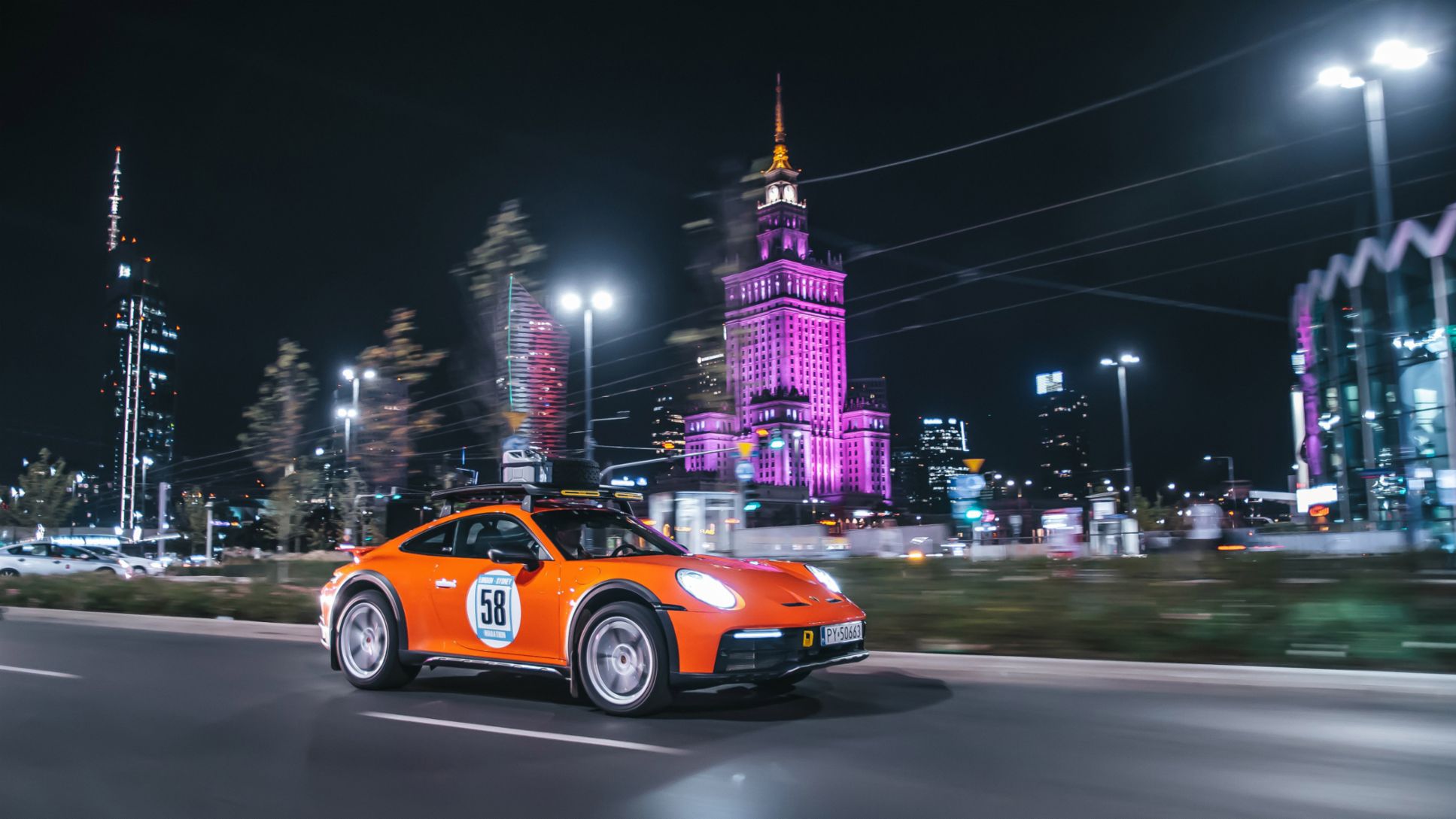Poland is a burgeoning country. We see further growth potential for Porsche here, and with our own subsidiary we can respond to the requirements of our customers in a more targeted way. Our goal is to strengthen our brand experience and thus further boost the attractiveness of Porsche,” says Detlev von Platen, Member of the Executive Board for Sales and Marketing at Porsche AG.
The company’s business activities will be moving from the current headquarters of Volkswagen Group Polska in Poznań to Warsaw, where the new Porsche subsidiary will have its headquarters. “Porsche already has a strong customer and fan base in Poland,” says Wojciech Grzegorski, CEO of Porsche Polska. “In the new constellation we aim to create an even stronger presence for the brand. At the same time, we will continue to use synergies in our collaboration with the Volkswagen Group, for example in the logistics area. By moving to Warsaw we are also strengthening our position as an attractive employer.”

There are currently nine Porsche Centres in Poland, all of which are owned by independent investors and dealer groups. In 2023, the number of deliveries was increased by 41 per cent compared to the previous year. The expansion strategy is to successively extend the dealer network in the coming years and also establish new sales formats.

